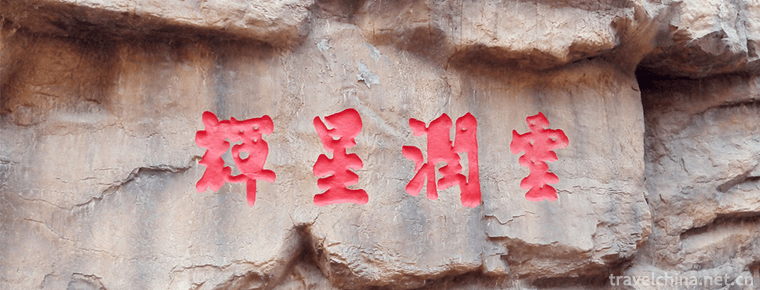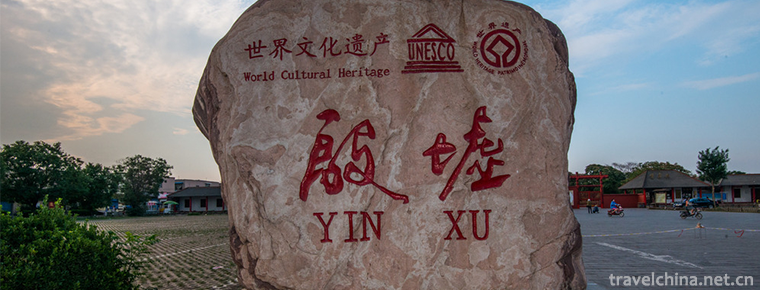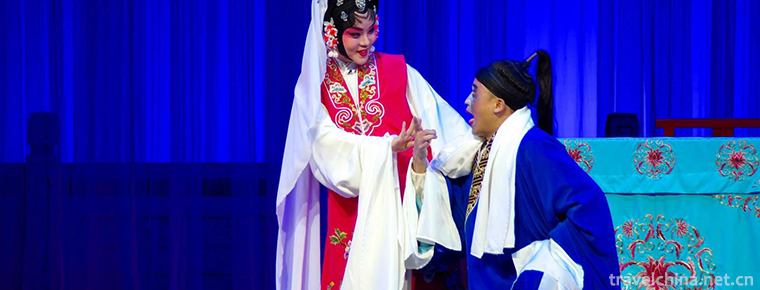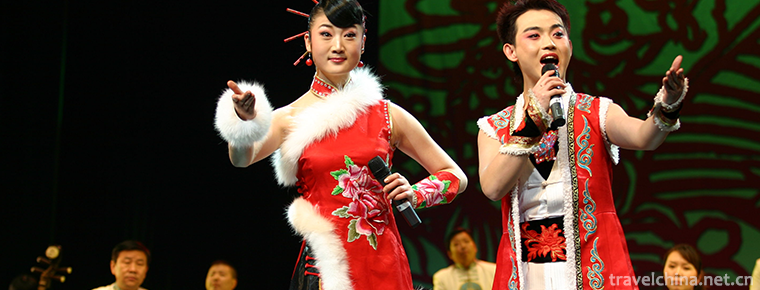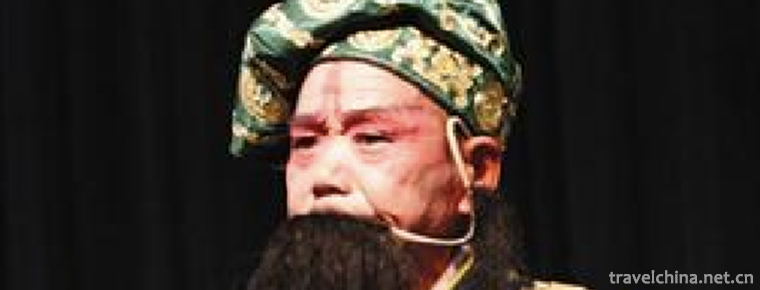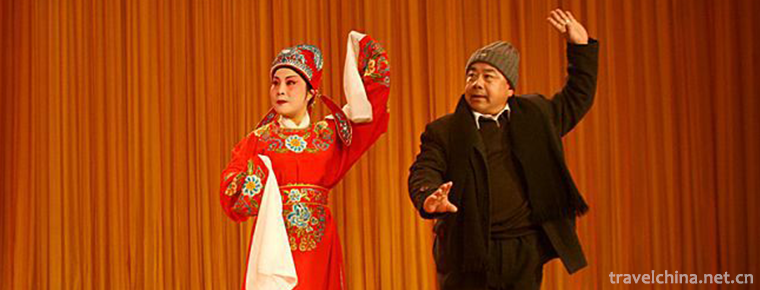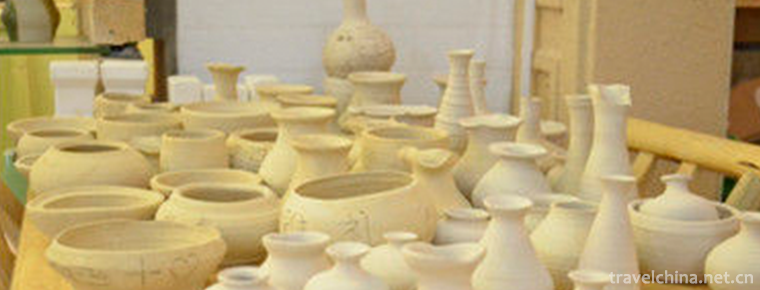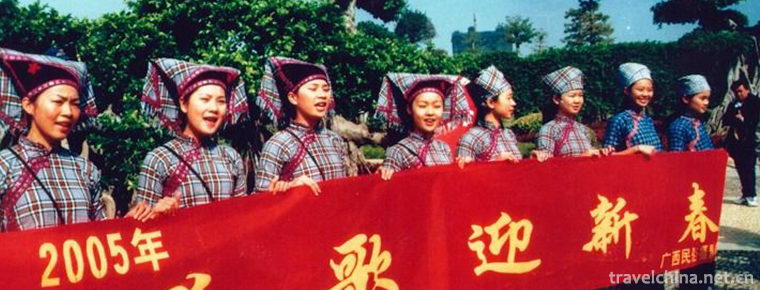Dulong Kakuwa Festival
Dulong Kakuwa Festival
Dulong Kakuwa Festival spreads in all Dulong villages in the Dulong River Valley in the west of Gongshan Dulong Nu Autonomous County, Nujiang Lisu Autonomous Prefecture, Yunnan Province. Kakuwa Festival is the Dulong New Year in Dulongjiang area. There are no fixed days. Generally, the elders of villages choose a lucky day in the last month of the year. It is held at the end of the last month of the lunar calendar or at the beginning of the first month of the next year. The Festival lasts for the shortest three days and lasts for the longest nine days.
Holiday introduction
In 1991, the Standing Committee of the National People's Congress of the Dulong Nu Autonomous County in Gongshan designated January 10 of the Gregorian calendar as the Dulong Kakuwa Festival according to the wishes of the Dulong people. The Festival period of each village is successive. The villages living in the upper reaches of Dulong River first opened the prelude. From the upper reaches to the lower reaches, the villages entered the festival period in sequence. The festival lasted for one month before and after the festival of the Dulong Mountain Village in the whole Dulong River valley.
Main activities
Festival date
Caracava Festival usually takes place at the end of December in the first year or at the beginning of the first month in the next year. The festival usually lasts for three days. Before the festival, families send invitations to relatives and friends by knotting ropes. The festival includes offering sacrifices to mountain gods, beasts, woodcut messengers, Tiaoguozhuang, visiting relatives and friends, burning pine leaves in a fire pond for auspiciousness, drinking mulo wine, singing and dancing parties, and plagiarizing cattle. One of the most solemn and joyful is the "cow plagiarism feast". The most solemn ceremony is the sacrifice of cattle to heaven. On this day, the patriarch tied the cattle to a stake in the middle of the square. The young woman hangs the beads on the horns of the cattle. Then a brave and strong young man, armed with a sharp bamboo spear, stabs the axilla of the cattle until the cattle are stabbed to death. At this moment, people dance "Niuguozhuang" and then share the beef.
First day
On the first day of the festival, families hang colorful blankets. In the morning, people hang banners in front of wooden houses, light pine branches, knock gongs and celebrate the annual karaoke. In the evening, we prepare drinks, meals, meals and other supplies in our respective homes. The whole family drinks, divines and prays for a good harvest in the coming year. The young people gather to dance and congratulate each other in turn.
The second day
The next day, the mountain gods were sacrificed, and the mountain gods and all kinds of wild animals were sacrificed with buckwheat noodles. In the morning, he went to the fixed sacrificial site of his clan to offer sacrifices, in order to ensure his health and prosperity in the coming year. The sacrificial sites are usually located in the wooded and flat areas behind the villages, where each family builds up a pile of stones for the altar, or occasionally a pine tree bracket instead. The whole clan in the local number of families, there are many stone altars, stone piles all the way in a horizontal line, basically in the same line. Every family goes to the altar of their family to offer sacrifices. They put the offerings on the altar made of stone piles and recite the sacrifices to pray for prosperity and health in the coming year. 届时还举行射弩弓、跳舞活动。 Then, the sacrifices brought by the families were gathered together for a meal. This regular sacrificial activities have obvious social functions to enhance the cohesion and identity of the clan.
On the third day
On the third day, a solemn ceremony of "plagiarism offering sacrifices to heaven" was held to pray for the prosperity of human beings and animals and the harvest of agriculture. The celebration of cows is the climax of the festival. Women wore dragon blankets for cattle sacrifice, hung colorful beads on horns, tied cattle to sacrificial pillars, and all danced around the cattle. With shuttle markers or bamboo spears in hand, the bull walked into the altar and drank a bowl of concentric wine with shoulders and arms, then danced while the bull was playing. At this time, the people in the square circled, struck gongs, waved knives and bows, and danced happily. After plagiarism, sacrifices, divination of the tongue, people cut beef, all adults and children who attend the party, can share the beef equally, customarily cooking on the spot, and drink songs to congratulate. Everyone eats and drinks, sings and dances, and dances rudely with cow's head on their back. The banquet of plagiarizing cows reaches its climax. After dancing, we lit bonfires, cooked meat, drank and sang all night. Some villages also use buckwheat noodles to make various animal models, and use long poles to float various linen flags, as a sacrifice to heaven.
The plagiarism ball is the epitome of the ancient hunting life, as well as the reappearance of the ceremony of capturing and returning to celebrate victory. Nowadays, the custom of plagiarizing cattle has been abolished and replaced by a unique national song and dance activity, the main content of which is "cattle pot dance". Young men and women danced in the sound of gongs. At the end of the dance, each family placed wine and vegetables on the dance floor, laughed while blowing, talked about the joy of harvest, and looked forward to a happy future.
Inheritance value
The ancient Kakuwa Festival is the most representative festival activity of the Dulong nationality, which is closely related to its clan system. Kakuwa Festival is of great value in exploring the track of the development of Dulong culture, especially in grasping the origin and changing history of Dulong calendar. Secondly, the information dissemination mode of woodcut letters is retained in Kakuwa Festival, which is a precious sample for studying the social organization mechanism of the non-written ethnic groups. In addition, the Kakuwa Festival is an important carrier for the Dulong people to systematically integrate and inherit the traditional culture, which demonstrates the Dulong people's concept of reverence for nature and their desire to live smoothly.
The State attaches great importance to the protection of intangible cultural heritage. On May 20, 2006, the folklore was approved by the State Council and listed in the first batch of national intangible cultural heritage lists.
Activity custom
"Kaqiuwa" is the annual festival of Dulong people in Yunnan, and the only festival of Dulong people in a year. The length of the festival mainly depends on the preparation of food, usually two or three days or four or five days.
There is no fixed date for the festival. Every family and ethnic group freely chooses a good lucky day and begins the Spring Festival. On the auspicious day of the New Year's Day, families invite relatives and friends to celebrate the New Year together. They carved a notch on the special wooden strip, which was called "invitation card", and sent people to the invitation village. A few notches on the wooden strips indicate that the New Year's Day will be held in a few days.
People who receive wooden "invitations" should take all kinds of food and go to congratulate them. When guests and hosts meet, they should drink a bottle of water and wine together and sing to each other. In the evening, the whole village gathered with the guests around the bonfire, tasting food and watching young men and women dance "pot village dance" to celebrate the annual harvest. The man gave a speech while drinking. After drinking, he threw the wine bowl into the bamboo rack hanging over the fire pond to divine fortune and fortune, with the bowl mouth facing upward as a good omen.
On the second day of the New Year's Day, some villages held hunting celebrations. Firstly, the animals were pinched out with cooked noodles, and then prayed by the priest. After the priest's sacrifice, he threw all kinds of animal models to the crowd and shooted at will by the shooter. At this time, the gongs and gongs were singing and dancing in a circle, which was very lively. They believed that they would catch whatever they hit.
Dulong people have been hunting and gathering for a long time, which is a relic of life before the founding of New China. Now Dulong has begun to attach importance to the protection of wildlife, no longer hunting for a living, hunting competition has become a form of remembrance of ancestors.
The most solemn activities of Dulong New Year's Day are "plagiarizing cattle to sacrifice the heavens", sacrificing cattle to the heavens or the whole family, or collectively offering them. The head of the family or the priest who presides over the annual sacrifice first ties the cattle to the stake in the center of the field. The horns of the cattle are covered with glittering pearls and the back of the cattle is covered with a single dragon blanket that looks like clouds. After the sacrifices were laid out one by one, the priests lit pine-clear and green pine-hair and offered sacrifices to the mountain gods in the east. At the end of the ceremony, pearls and dragon blankets were removed from the cattle, and two hunters came in dancing with bamboo Spears on both sides. The people around them then offered toasts in turn. They drank and danced violently, dancing hand and foot; at this time, the big and small gongs were singing together, and people around them were dancing in a circle, and their mood was getting higher and higher. The two hunters jumped to both ends of the cattle and thrust their bamboo spears into the ox's armpit, while people waved knives and bows and shouted at the cattle hand in hand. The crowd laughed triumphantly until the cow fell. Everyone quickly divided the cattle into many pieces, cooked on the spot, and all the people present, regardless of gender, age and age, were divided into one. We eat and dance together, wishing you a better harvest in the coming year.

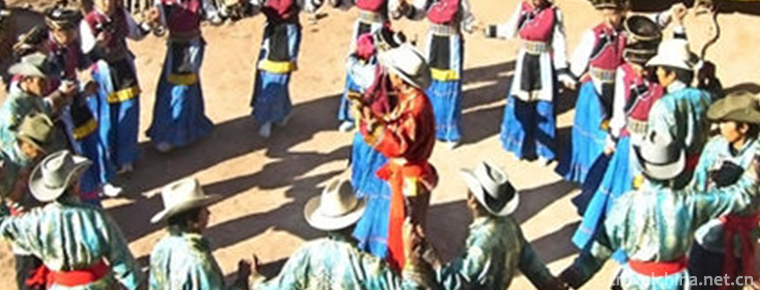
-
Huaxia City Tourist Scenic Spot
Weihai Huaxia City Scenic Area belongs to Huaxia Cultural Tourism Group Co., Ltd. It is located in Weihai, a beautiful seaside resort city..
Views: 229 Time 2018-12-08 -
Yin Ruins Scenic Area (Yin xu)
Yin Ruins, formerly known as "Northern Mongolia" , is the ruins of the capital city in the late Shang Dynasty of China, located in Anyang City, Henan Province.
Views: 199 Time 2018-12-09 -
Dongping Lake Scenic Spot
The total area of Dongping Lake Scenic Spot is 627 square kilometers, the annual water surface is 209 square kilometers, the average water depth is 2.5 meters, and the total water storage is 4 billion.
Views: 163 Time 2018-12-20 -
Baling Opera
Baling Opera, a local traditional drama in Yueyang City, Hunan Province, is one of the national intangible cultural heritage..
Views: 161 Time 2019-04-02 -
Tibetan Gugu Encouragement
Tibetan God inspiration has a long history. As for its origin, there is a legend that one or two hundred years ago, a "Gawa Hubo" (i.e. a local official) in Ningba village danced in the mans.
Views: 390 Time 2019-04-05 -
Song and dance duet
Errentai is commonly known as Dual Items, two classes. Originated in Shanxi and growing up in Inner Mongolia, it is a traditional opera popular in the central and Western Inner Mongolia Autonomous Reg.
Views: 129 Time 2019-04-29 -
Wudang Shenju
Wudang Shenxi Opera is a kind of traditional opera in Xijiadian Town, Danjiangkou City, Hubei Province. It has a history of nearly 400 years since the Wang family absorbed Wudang culture and the music.
Views: 324 Time 2019-06-30 -
Yihuang Opera
Yihuang Opera, formerly known as Yihuang Ban and Yihuang Diao, is one of the national intangible cultural heritage in Yihuang, Nancheng, Nanfeng and Guangchang counties of Jiangxi Province, as well as.
Views: 333 Time 2019-07-12 -
Firing Techniques of Copper Official Ceramics in Changsha Kiln
Changsha kiln copper official ceramics firing technology, Hunan Province's traditional handicraft, one of the national intangible cultural heritage..
Views: 222 Time 2019-07-25 -
Liao Song of the Zhuang Nationality
Liao Ge of Zhuang Nationality, folk literature of Pingguo County, Guangxi Zhuang Autonomous Region, is one of the national intangible cultural heritage..
Views: 140 Time 2019-08-16 -
Natural resources of Mianyang
In 2014, the annual precipitation of Mianyang City was 19.845 billion cubic meters, the surface water resources was 11.893 billion cubic meters, the total annual water resources was 11.882 billion cubic meters, and the annual average water resources per capita was.
Views: 124 Time 2020-12-14 -
Nanchong population
By the end of 2019, Nanchong had a total household population of 7 million 237 thousand and 100, with a decrease of 45 thousand and 400 compared with 2018. Among them, 3.778 million were male and 3.459 million were female; 2.076 million were urban.
Views: 369 Time 2020-12-17
